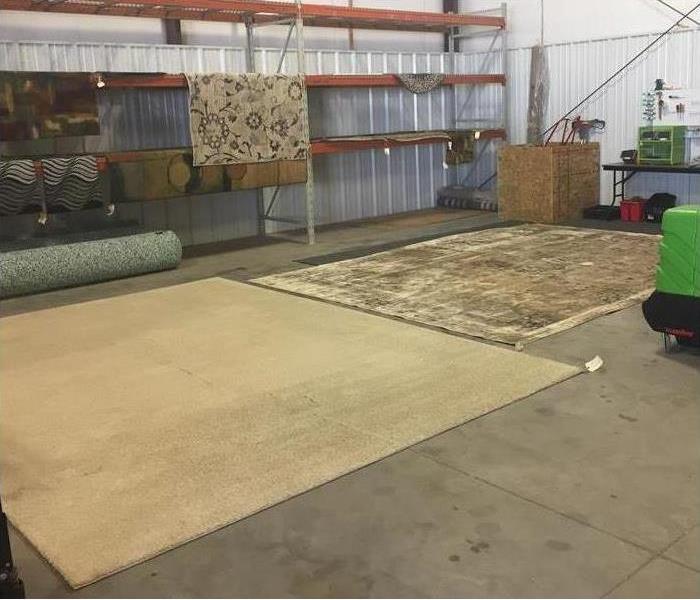What You Need To Know About Mold Growth After a Flood
10/26/2019 (Permalink)
Mold Growth After a Flood
If your building has been affected by a flood in Stillwater, OK, then you will probably have a lot of damage to deal with afterward. One type of secondary damage that you may notice is mold growth. This is a common problem that occurs after water damage, and the following information may help you handle it properly.
1. Why Does Mold Grow After a Flood?
Flood water can bring bacteria and contaminants, including mold spores, into your building which can contribute to the growth. However, mold will begin to form after any kind of water damage, including that from clean sources. This is because mold lives in most environments, but it needs moisture to grow. Once it has that, it will begin to spread.
2. How Can You Prevent It?
The best thing you can do to prevent the growth of mold is to remove as much moisture from the building as you can. If there is standing water, mold will begin to form within a day or two. Once the water has been removed, dry the building thoroughly. Keeping doors and windows open can help speed up the process. Fans and dehumidifiers are great for this as well.
3. What Do You Do if It Has Already Started Growing?
It is important to dry the building quickly even if mold growth has already formed. However, in this case, the use of items that increase air circulation can end up spreading the fungus throughout the building, so this should be avoided. Protective gear should be worn while the mold is being removed, and the area should be contained to prevent the spores from moving to other areas.
If there is mold growth in your building, you should avoid trying to remove it on your own and instead hire a professional. A cleanup and restoration service can remove the fungus safely and thoroughly without spreading it further. They can also make other necessary repairs to the building as well.



 24/7 Emergency Service
24/7 Emergency Service
